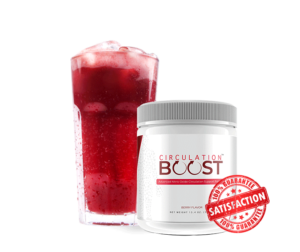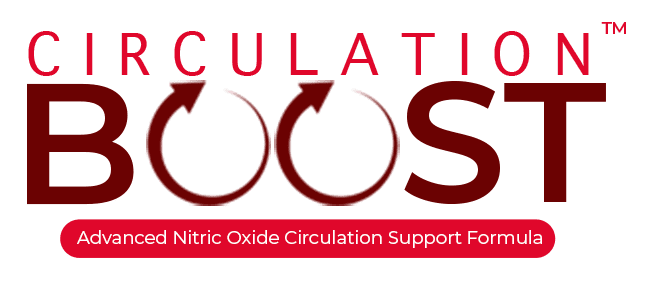Having circulation problems in your legs? Learn what poor circulation in legs symptoms you may experience and how to treat them.
When people experience poor circulation problems, it may present itself in the legs, but it’s actually affecting the whole body. In addition to numbness in the legs, you may experience a variety of other symptoms.
While these symptoms may let you know that you’re having circulation issues, they can also negatively affect your life. The following are some of the most common symptoms of poor circulation and how to treat them.
Poor Circulation Symptoms
 If you have circulation and blood flow issues, you may experience certain symptoms. However, some are not as obvious as others, which is why it’s important to know what they are.
If you have circulation and blood flow issues, you may experience certain symptoms. However, some are not as obvious as others, which is why it’s important to know what they are.
These are 8 of the most common symptoms of poor circulation. If you experience any of these, let your doctor know so they can prepare a treatment plan if necessary.
1. Numbness in the Extremities
If you’re experiencing numbness or a tingling sensation in your legs and hands, that’s a sign of poor circulation. As blood flow is restricted, the lack of sufficient blood can create a pins and needles sensation.
2. Cold Sensation
In addition to numbness and tingling, the reduction in blood flow can make your hands and feet feel cold. The inefficient blood flow can cause temperature fluctuations that affect the skin and nerve endings.
3. Swelling
Another symptom affecting your legs is swelling, as poor circulation can lead to fluid accumulation in the lower extremities (edema). Moreover, you may also experience edema in your legs when blood pools in those areas.
4. Cognitive Problems
The brain relies on efficient blood flow and oxygen delivery, so poor circulation can cause memory issues and more. Furthermore, you may experience cognitive dysfunction when there are certain changes in blood pressure.
5. Digestive Issues
Another area that relies on efficient blood flow is the digestive process. Some digestive problems you may experience include abdominal pain, diarrhea, and constipation.
6. Lack of Energy
Poor circulation also affects your energy levels, leaving you tired and fatigued. Since the heart has to work extra hard when you have blood flow issues, you may feel more tired than usual.
7. Pain and Muscle Cramps
If you start feeling joint pain or aches in your hands and feet, it could be a sign of poor blood flow. Moreover, you may experience muscle cramps as necessary nutrients and oxygen can’t reach tissues effectively.
8. Changes in Skin Color
Make a note if you notice your skin turning pale, blue, or purple, as this is a sign of poor blood flow. Skin color changes will generally affect the hands, feet, nose, ears, lips, and nipples.
Treating Poor Circulation
 If you’re experiencing these symptoms, chances are that you have poor blood flow. There are many factors that can affect your circulation like lifestyle habits and health conditions.
If you’re experiencing these symptoms, chances are that you have poor blood flow. There are many factors that can affect your circulation like lifestyle habits and health conditions.
To properly treat your condition, talk to your doctor so they can help determine the root cause. However, if you want to start taking charge of your health, there are things you can do at home.
By living a healthy lifestyle, you can decrease the chances of poor circulation and improve your heart health. This includes exercising regularly and eating a well-balanced diet.
You can also start taking supplements that will help promote your blood flow like Circulation Boost. It contains ingredients that will naturally boost your blood flow, energy levels, and blood pressure health.
Try Circulation Boost along with your daily health habits if you want to see a difference.

